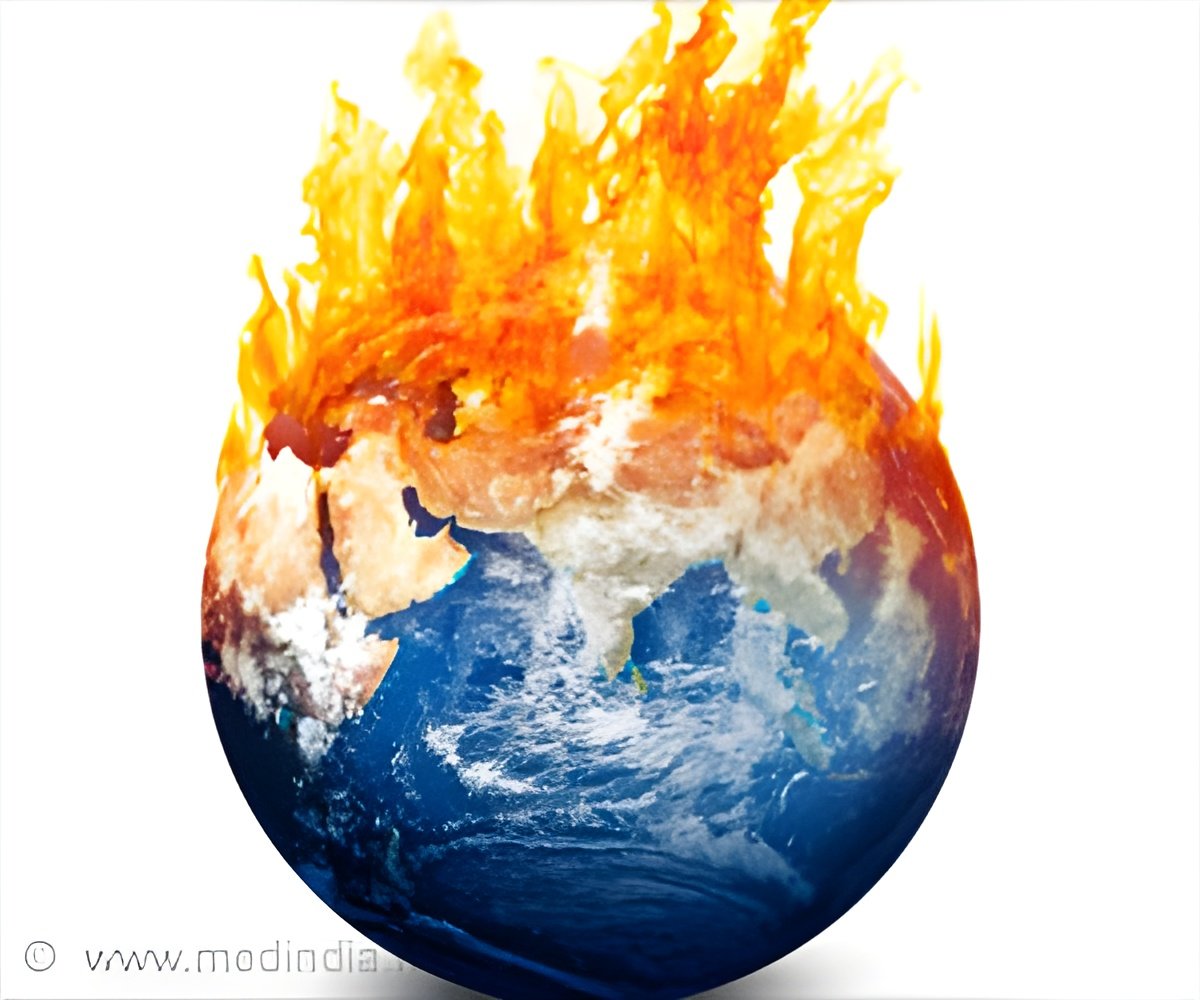
This temperature increase is nearly double what previous research has suggested, and reveals-for the first time-warming trends during the summer months of the Southern Hemisphere (December through February), said David Bromwich, professor of geography at Ohio State University and senior research scientist at the Byrd Polar Research Center.
"Our record suggests that continued summer warming in West Antarctica could upset the surface mass balance of the ice sheet, so that the region could make an even bigger contribution to sea-level rise than it already does," said Bromwich.
"Even without generating significant mass loss directly, surface melting on the WAIS could contribute to sea level indirectly, by weakening the West Antarctic ice shelves that restrain the region's natural ice flow into the ocean."
Andrew Monaghan, study co-author and scientist at the National Center for Atmospheric Research (NCAR), said that these findings place West Antarctica among the fastest-warming regions on Earth.
"We've already seen enhanced surface melting contribute to the breakup of the Antarctic's Larsen B Ice Shelf, where glaciers at the edge discharged massive sections of ice into the ocean that contributed to sea level rise," Monaghan said.
Advertisement
The study was recently published online in the journal Nature Geoscience.
Advertisement








